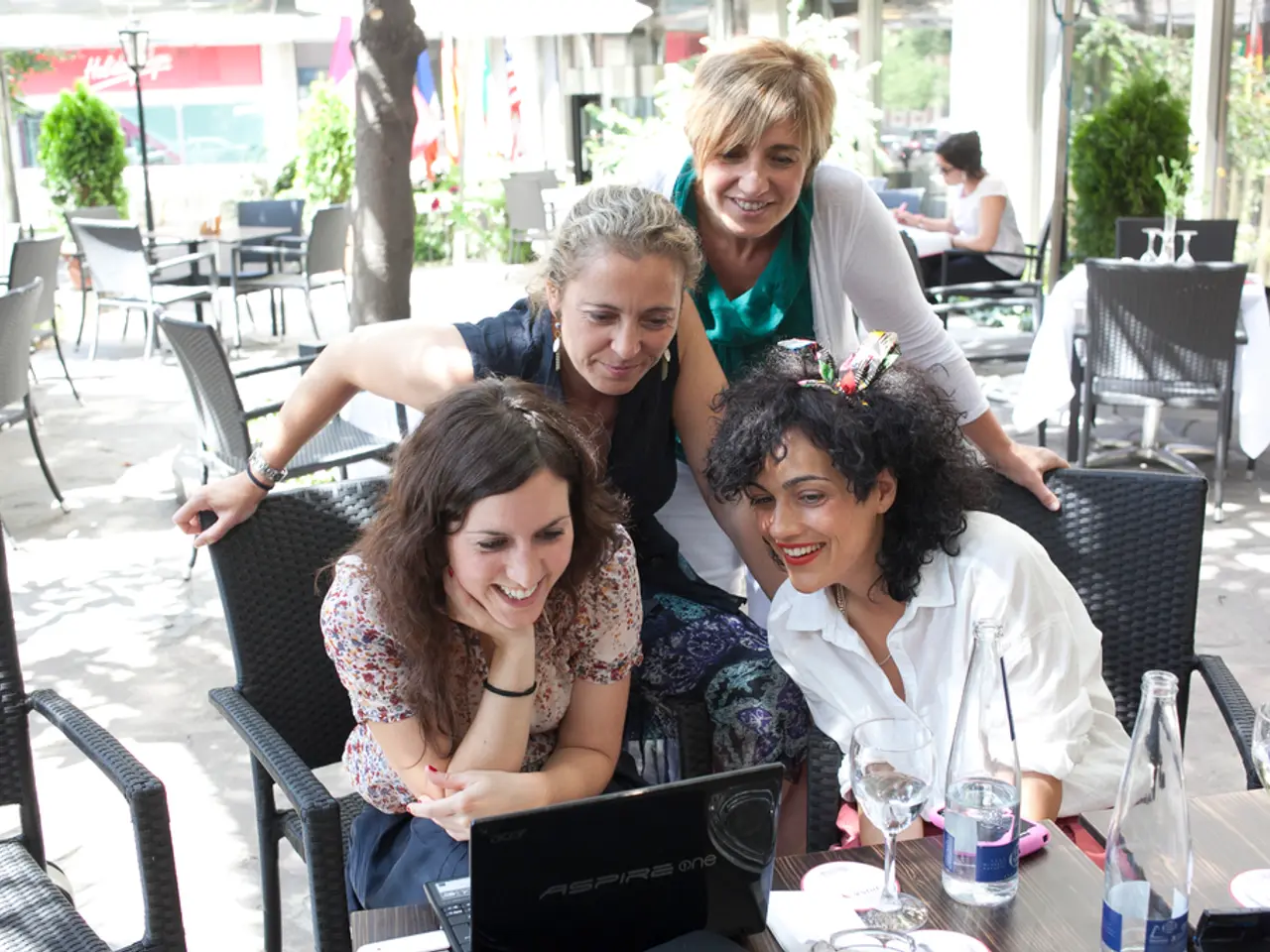Solar project in Sindh encounters difficulties, experiencing delays in completion
The Sindh Solar Project, which was approved by the World Bank's Board of Executive Directors on June 14, 2018, and became effective on January 9, 2019, is currently facing challenges in meeting its completion deadline. The original closing date was set for September 29, 2023, but has been revised to July 31, 2025.
Recent supervision missions have revealed a decline in the project's implementation progress compared to the last two supervisions, indicating issues in timely execution and project management. As a result, it is unlikely that the project will be completed by the revised deadline.
Despite these challenges, the World Bank has disbursed $92.6 million out of the revised total $95.09 million for the Sindh Solar project. The Government of Sindh (GoS) and the Project Management Unit (PMU) will prepare and submit a Post-Closure Action Plan, with the GoS providing funding for its preparation. The PMU will remain operational to complete all post-closure actions.
Meanwhile, the Sindh provincial government is promoting solar energy more broadly by exempting it from taxes and planning expansions in solar and hybrid energy parks. This policy environment encourages solar adoption, including initiatives supplying affordable electricity to K-Electric and integrating solar power into agriculture in rural Sindh, which has shown significant cost savings and improved output for farmers.
The overall solar sector in Pakistan, including Sindh, is experiencing a rapid, bottom-up solar revolution driven by economic factors rather than government mandates. However, the Sindh Solar Project itself faces internal execution hurdles preventing timely completion, despite this encouraging broader landscape and provincial support.
[1] World Bank. (2018). Sindh Solar Energy Project. [online] Available at: https://www.worldbank.org/en/project/sindh-solar-energy-project
[2] Government of Sindh. (2020). Sindh Solar Energy Policy. [online] Available at: https://www.sindh.gov.pk/wp-content/uploads/2020/08/Sindh-Solar-Energy-Policy-2020.pdf
[3] World Bank. (2021). Sindh Solar Energy Project: Interim Progress Report. [online] Available at: https://www.worldbank.org/en/project/sindh-solar-energy-project/interim-progress-report
[4] The Express Tribune. (2021). Pakistan's Solar Revolution: How the Sindh Solar Project Fits In. [online] Available at: https://tribune.com.pk/story/2389468/pakistans-solar-revolution-how-the-sindh-solar-project-fits-in
[5] The Diplomat. (2021). Pakistan's Solar Revolution: The Role of China and Economic Factors. [online] Available at: https://thediplomat.com/2021/02/pakistans-solar-revolution-the-role-of-china-and-economic-factors/
- The recent disbursement of $92.6 million by the World Bank toward the Sindh Solar Project indicates its continued financial support for the renewable-energy industry in Pakistan.
- The Government of Sindh and the Project Management Unit (PMU) are currently preparing a Post-Closure Action Plan, with funds from the GoS, to address the issues hampering the timely completion of the Sindh Solar Project.
- In stark contrast to the challenges faced by the Sindh Solar Project, solar energy adoption and investment in solar and hybrid energy parks are growing rapidly across Sindh, driven by economic factors and supportive provincial policies.




